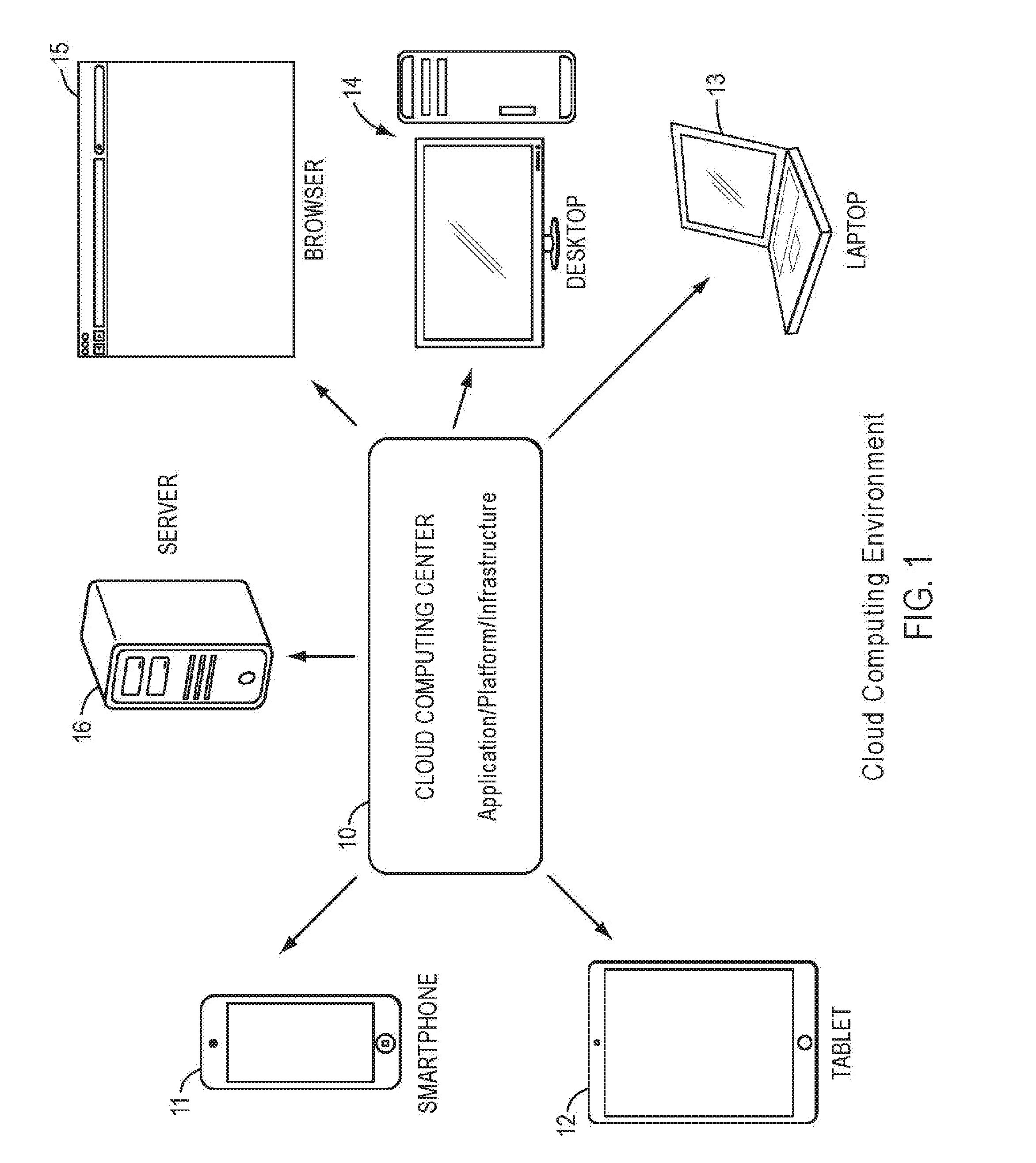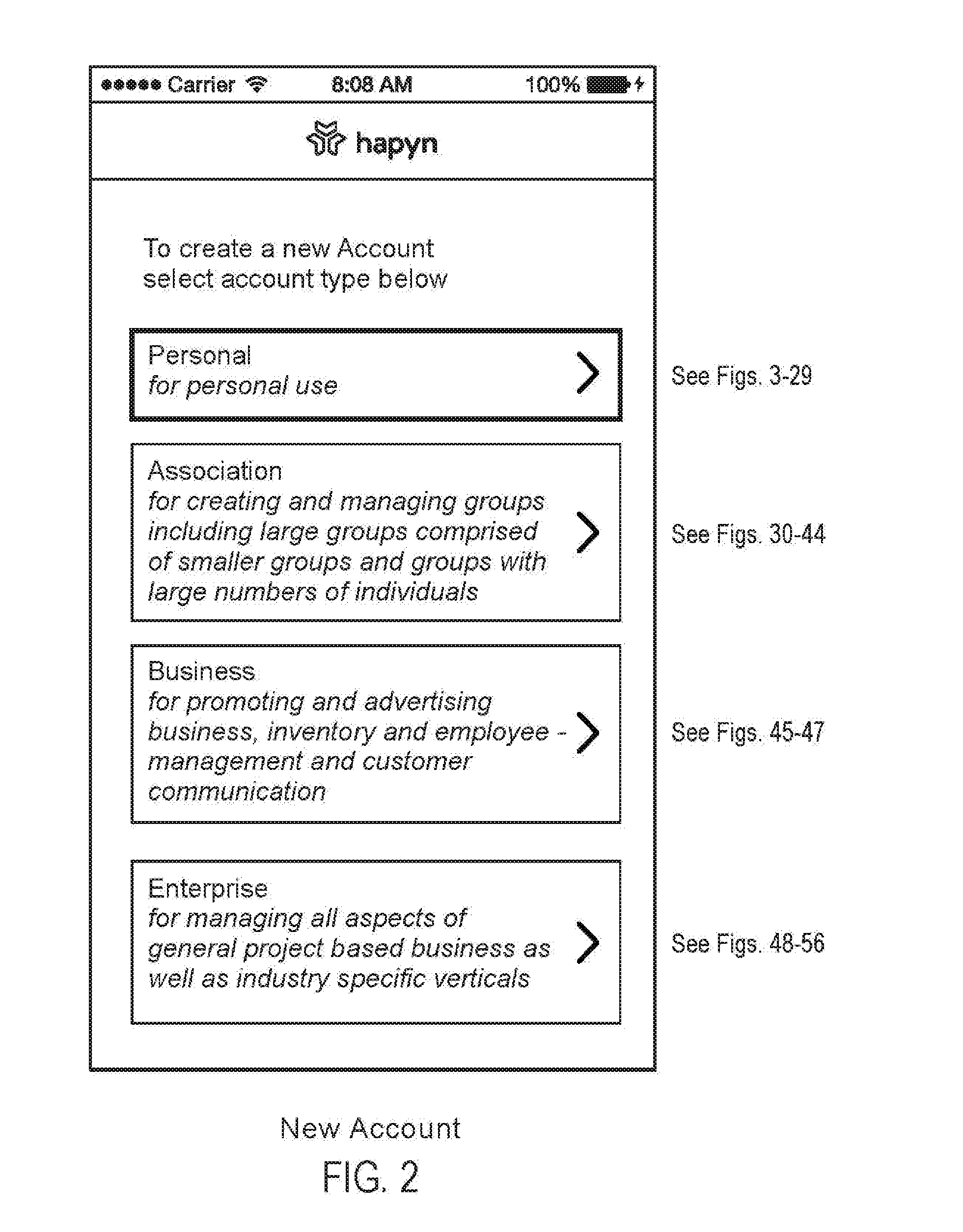These applications have varying “features” and deficiencies, such that users often find themselves
jumping from app to app to access features they seek, confronting different, and often inconvenient (and / or confusing) user interfaces for accessing the various app features, and encountering the differing privacy standards imposed by the app owner.
The above-described email “overhead” often occupies more
screen space than the substance of the communication, which is particularly problematic for users of relatively small screen mobile phones.
In all events, such message overhead pointlessly distracts the recipients' attention from the substance of the message, a form of cognitive tax not offset by any significant substantive benefit.
With email, it is particularly burdensome and annoying when it is necessary to read in context a string of emails, each incorporating the same repetitive message overhead.
Moreover, finding and accessing one or more attachments of interest in long strings of past emails with many attachments is exceptionally
time consuming and inconvenient, prompting many users to download email attachments to their computers or mobile devices for filing in electronic folders on such devices or, alternatively, to upload the attachments to cloud based storage systems, such Google Drive or its equivalent, for filing there in electronic folders created by the user.
These organizational burdens, which are similar to dealing with physical documents and files in paper form, are distracting and
time consuming.
Many users
neglect to perform these affirmative actions with the result that hundreds if not thousands of emails accumulate in the user's inbox.
Archived emails in GMail are placed in a “haystack” filing
system, to be found by initiating a search, another burdensome “job,” or by opening folders where the attachments were previously filed or by relying on electronic criteria for sorting incoming emails into various categories, with varying, but usually unsatisfying, levels of accuracy and refinement.
Another burdensome problem with email is that information does not come to users in organized form by
subject matter; rather it arrives chronologically and is presented to the user in that form, or perhaps crudely sorted into a few general categories, such as GMail currently offers.
This usually involves the annoying and
time consuming task of exchanging “contact” information and placing such information in one's own
contact list.
Such tasks mimic the old rolodex files and the associated physical process of keeping track of one's “contacts.” Social apps such as Facebook and LinkedIn now allow users to place their profiles online which can be used as a basis for communicating with others, but those apps are in many ways unsatisfactory for many well-known reasons.
Since visiting of websites, even if the user is sufficiently motivated to create and use “bookmarks,” is relatively inconvenient, businesses, associations and the like have come to send automated emails and texts, to any user who will accept them, as a means of maintaining the entity in the forefront of users' minds.
Passively awaiting users to visit one's website is not a
route to success for associations or businesses, nor a path for promoting effective social interaction with and among members in associations and other online communities.
The cost of maintaining a presence on such diverse platforms is not only high, but, worse, it sends association members to platforms that are controlled by businesses that favor their own best interests, not those of the association or other organization.
Experience demonstrates that such association and business social sites often are wastelands, even for large associations, and provide at significant cost only modest, if any, benefit to relatively small portions of the organization membership.
Large organizations often spend millions of dollars building and maintaining their websites.
For small, local businesses and other organizations, website creation, updating and maintenance is relatively (or prohibitively) expensive and difficult, often requiring expensive professional assistance.
It is also relatively difficult and expensive for such small businesses, charitable organizations and tens of thousands of associations and the like to generate fresh emails or texts on a daily or weekly basis and, even if they are able to do so, users are naturally reluctant to accept emails from all but a handful of such entities least their inboxes become inundated with information in which they have only occasional interest.
Small businesses and small organizations are distinctly disadvantaged in the online world.
Such stimuli are largely unpredictable as email / texts and the like are typically ordered by time received, not
subject matter.
It is exhausting, depleting of cognitive
processing and costly for productivity.
Creating and implementing automated techniques for attempting to sort incoming emails by
subject matter is not reliable and imposes yet another burdensome task on the user, and the ordinary person is simply unwilling or unable to take on these tasks.
 Login to View More
Login to View More  Login to View More
Login to View More 


